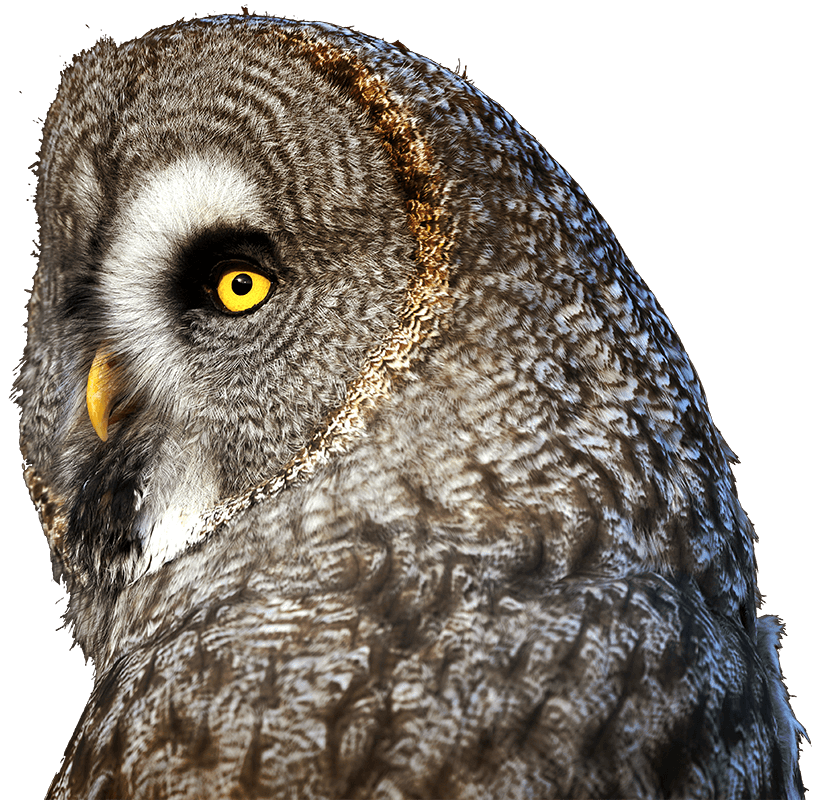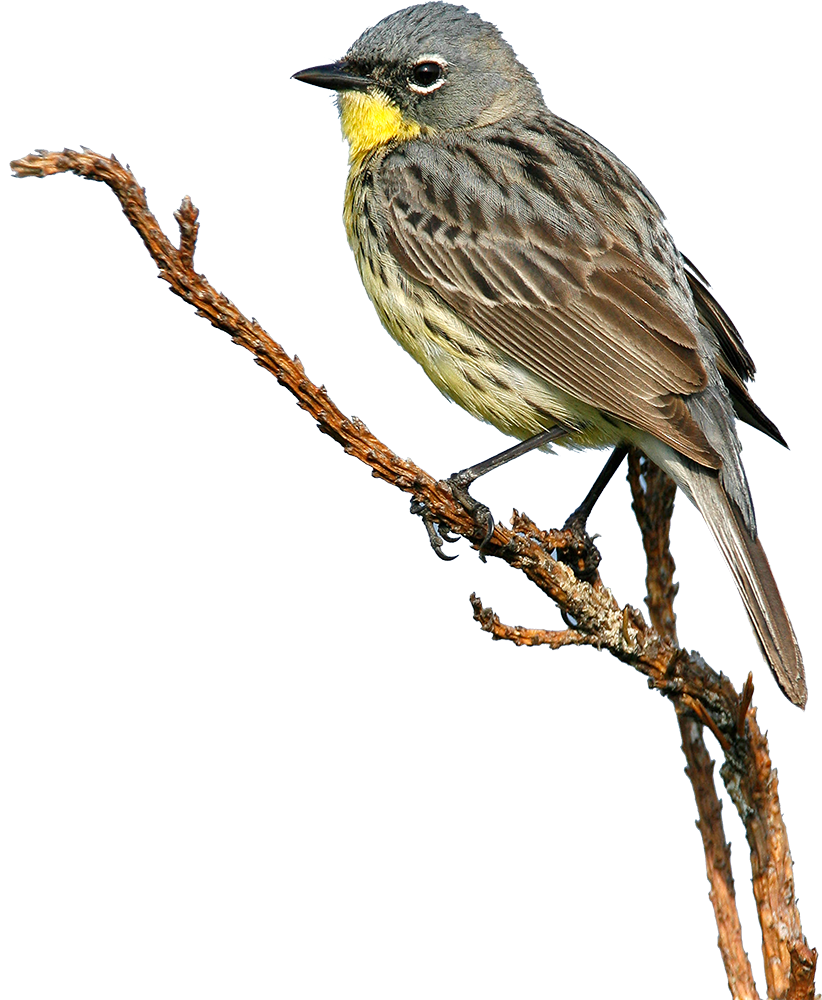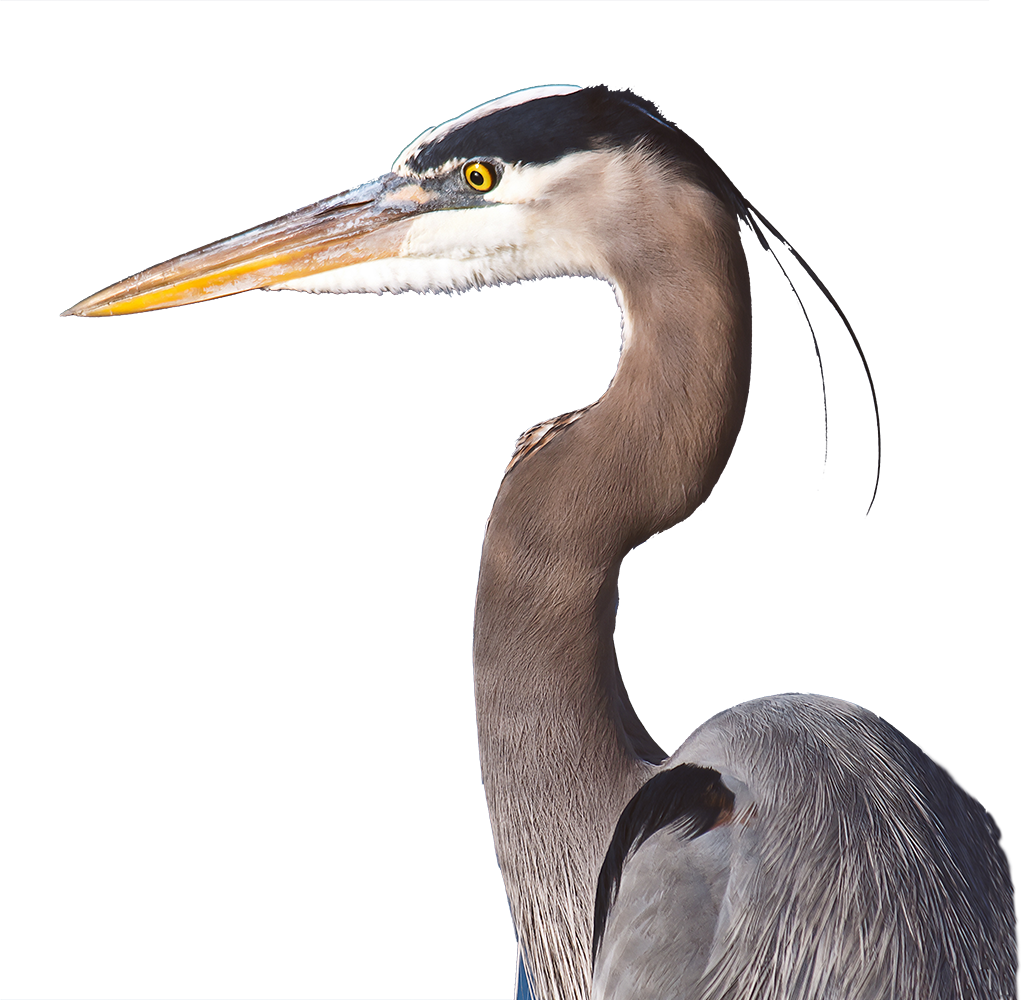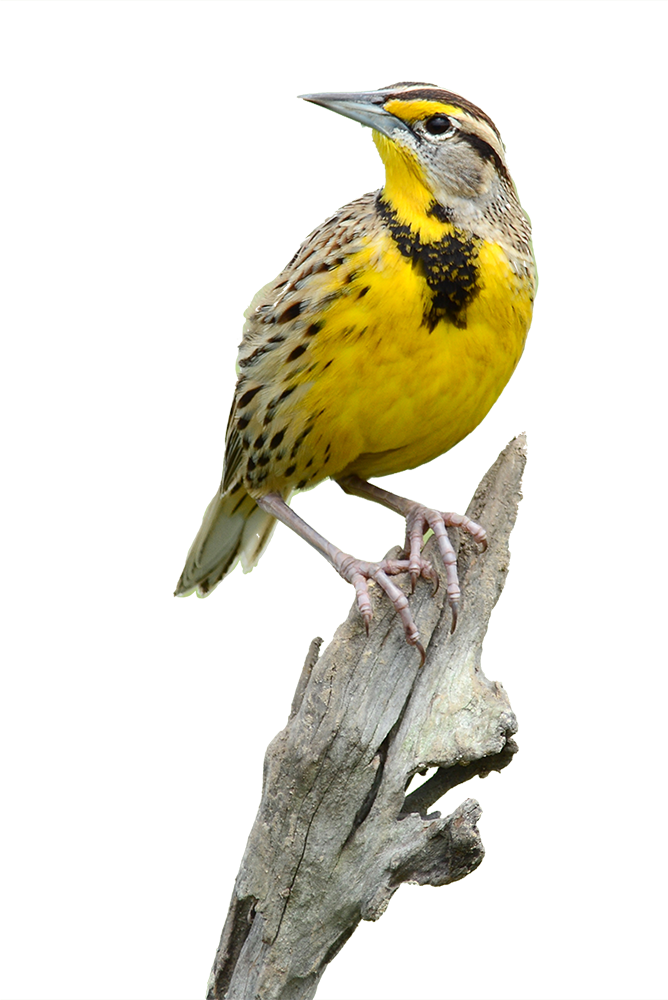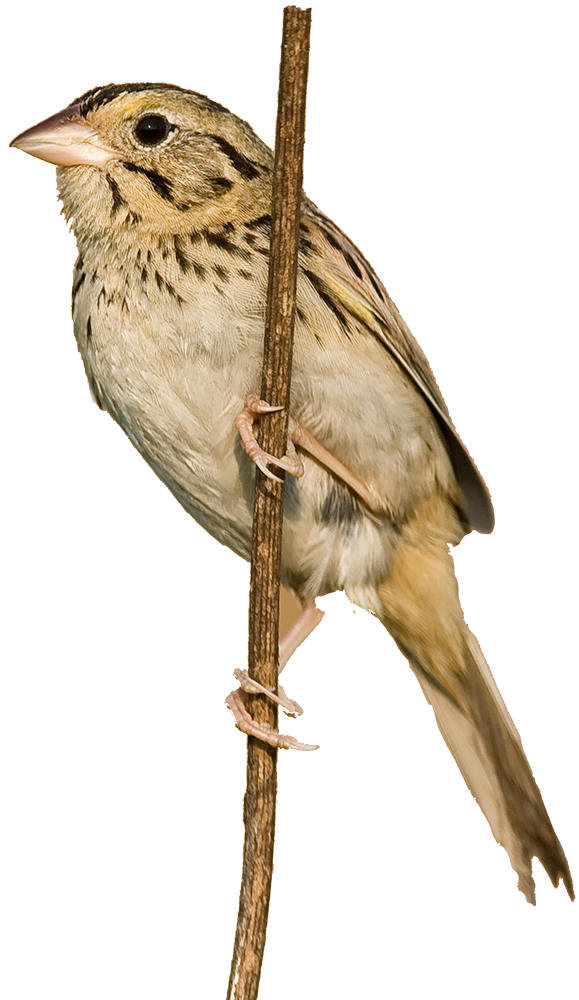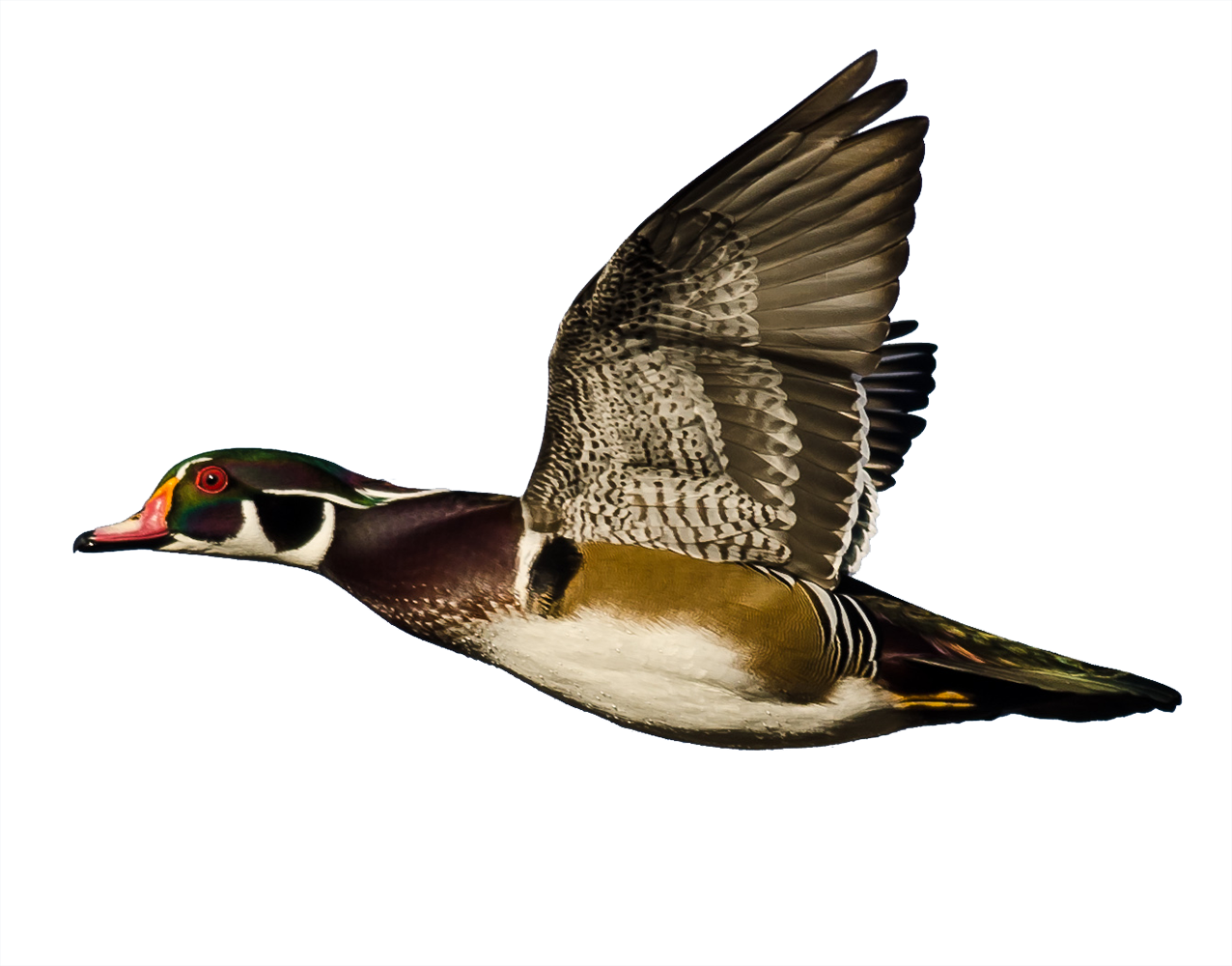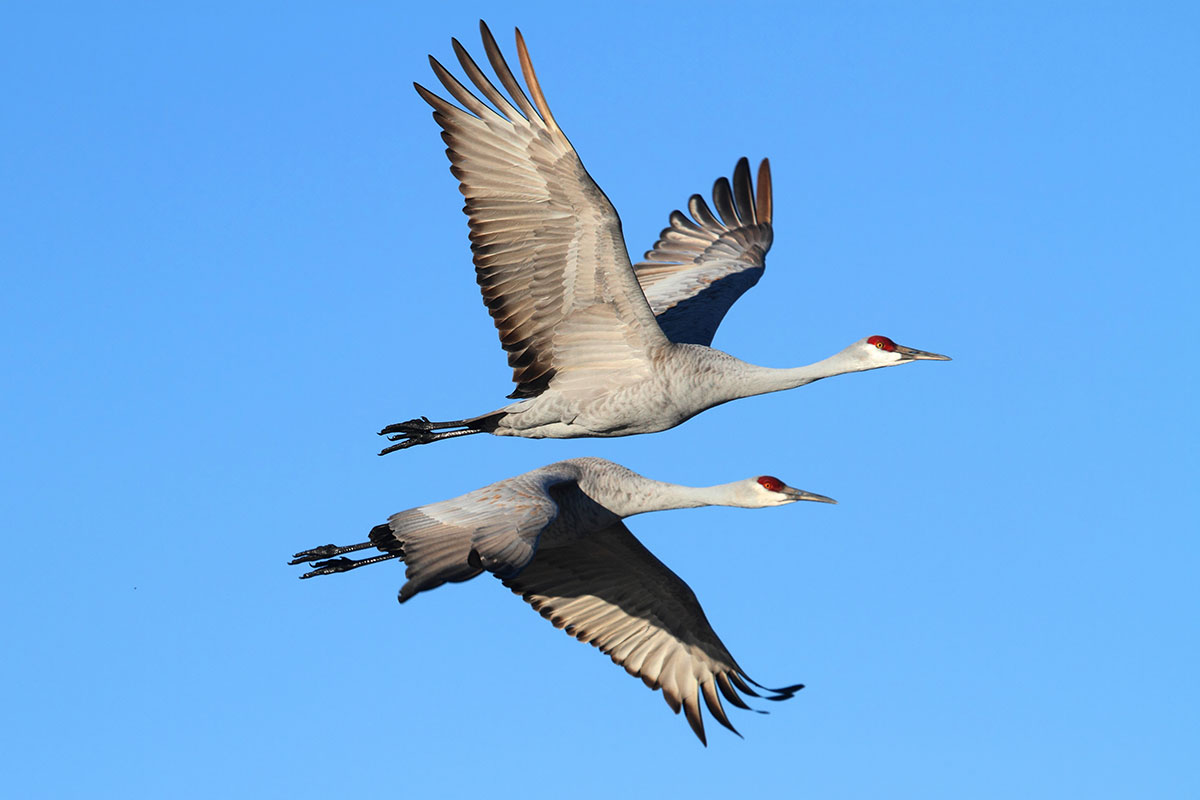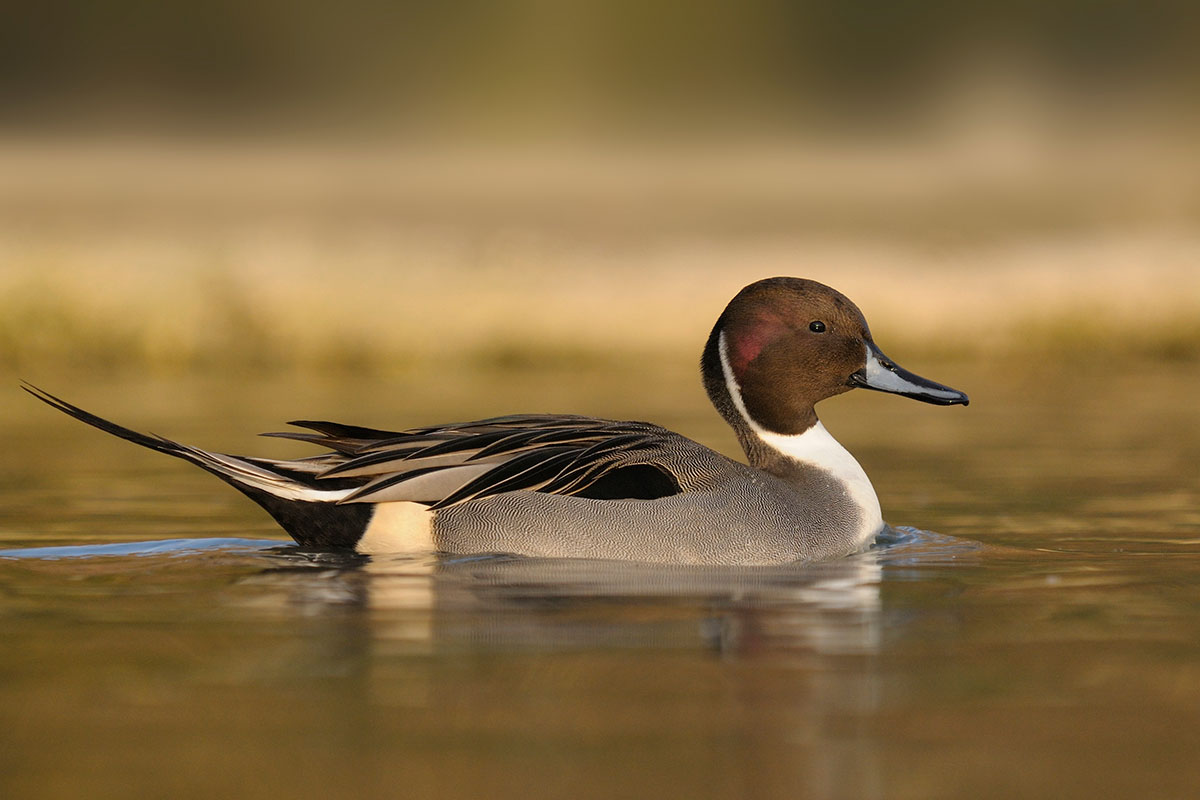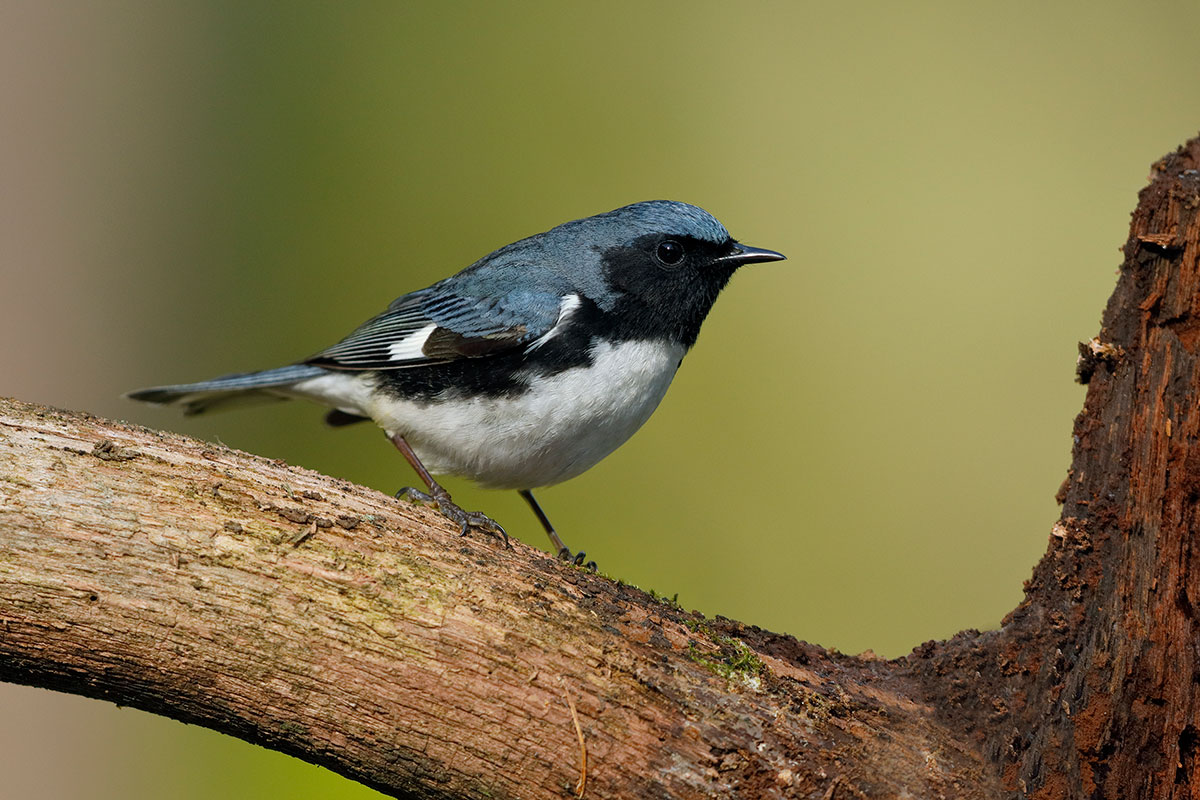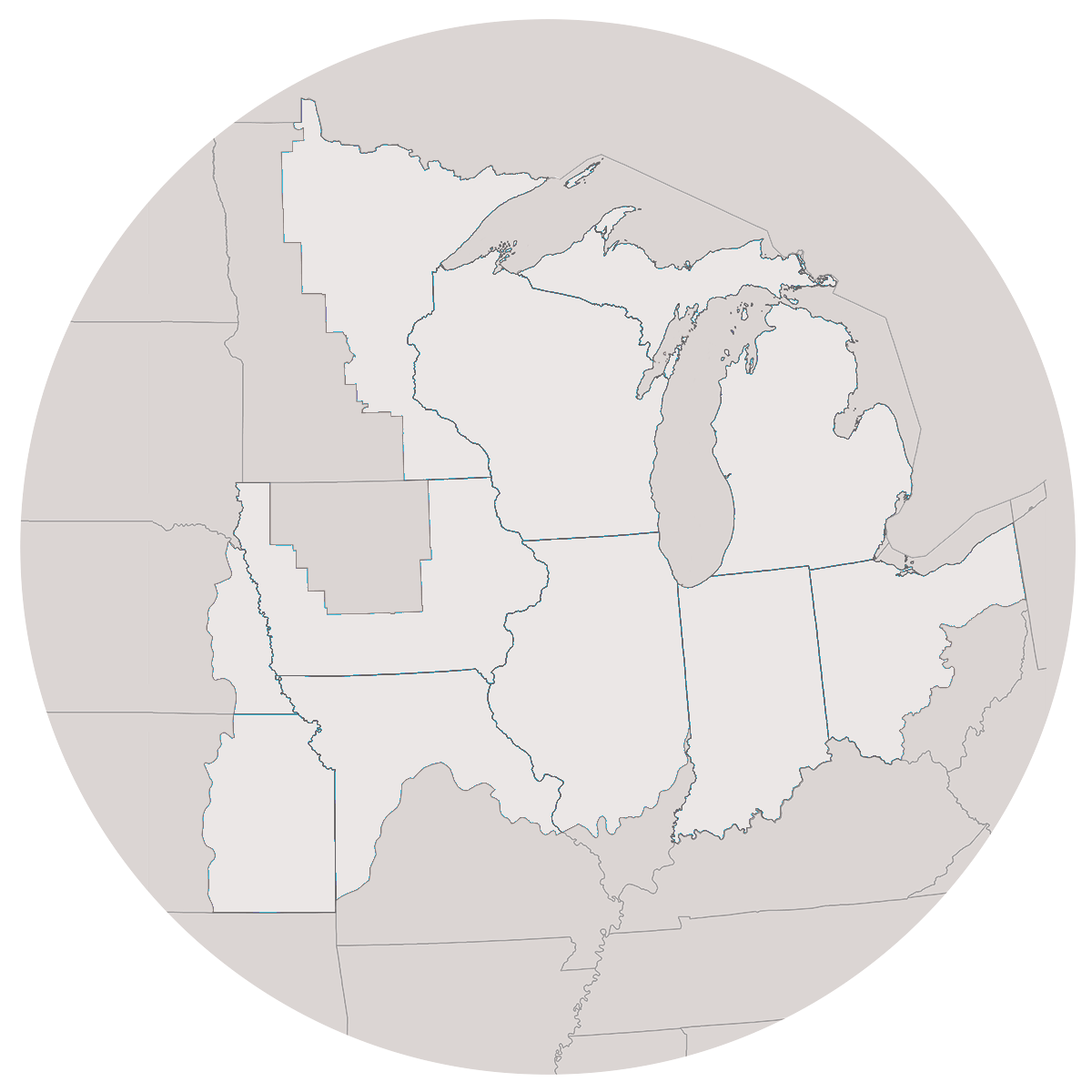
where we work
The mission of the Upper Mississippi / Great Lakes Joint Venture (UMGL JV) is to deliver the full spectrum of bird conservation through regionally based, biologically driven, landscape-oriented partnerships. The geographic boundary of the UMGL JV includes all of Indiana, Michigan, and Wisconsin, plus portions of Iowa, Illinois, Kansas, Missouri, Minnesota, Nebraska and Ohio.
recent
news & events
Do you have a Golden-winged Warbler habitat management project?
The Golden-winged Warbler (GWWA) Working Group is honoring its 20th Anniversary in 2024 by hosting a GWWA Habitat [...]
Joint Venture GLRI Funding Opportunity is Open for Applications, due March 18, 2024
The Notice of Funding Opportunity (NOFO) is now available for the Joint Venture Great Lakes Restoration Initiative (GLRI)! This competitive funding process will fund proposals that focus on habitat protection, restoration, or enhancement, for the conservation of native Great Lakes fish and wildlife populations, particularly of migratory birds.
It was a hoot! “Forestry for Birds in a Changing Climate” Conference Summary
On October 17-18, 2023, over 60 individuals from 27 [...]
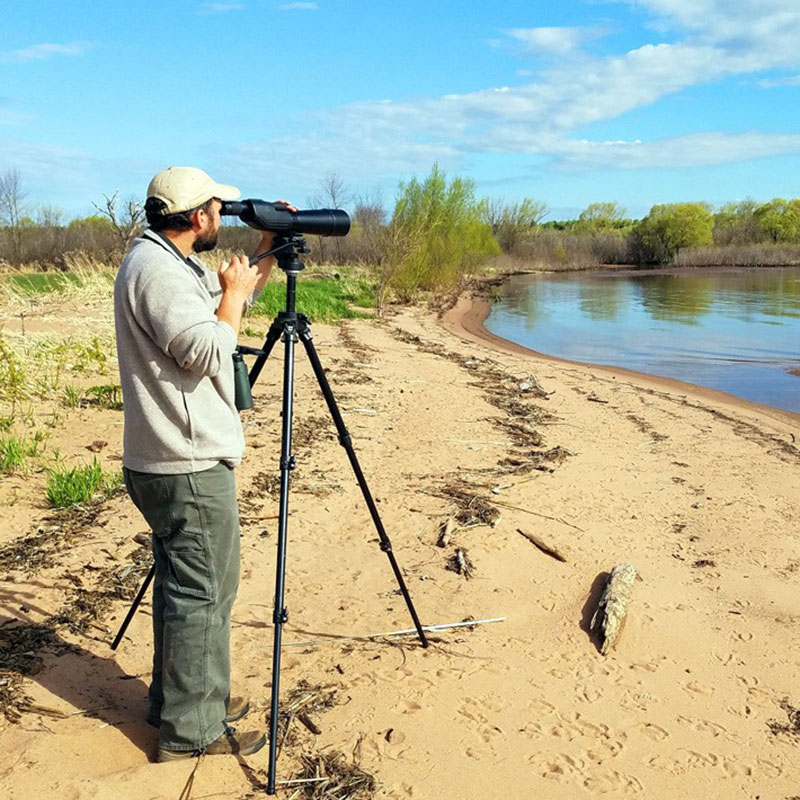
Ryan Brady is a Conservation Biologist for the Wisconsin Department of Natural Resources’ Bureau of Natural Heritage Conservation. He coordinates citizen-based monitoring programs for owls, nightjars, and secretive marsh birds; serves as Science Coordinator for Wisconsin Breeding Bird Atlas II; and conducts a variety of communication and outreach activities related to birding and bird conservation.
partnerships
across the joint venture
Since 2007, JV partners have restored or enhanced 1,378,500 acres across the region. Also during this time, 167,800 acres of bird habitat were protected.
Learn more about the partnerships across the joint venture that work collectively to achieve habitat protection, restoration, and enhancement.




